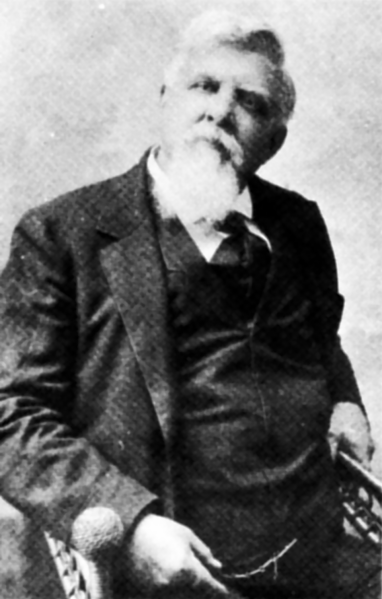By Charles Wolfe

There are dozens of unsung heroes in the annals of country music; some are instrumentalists, like the legendary Georgia fiddler Joe Lee, who introduced the “long bow” style to greats like Clayton McMichen; some are songwriters, like the gospel singer Grady Cole, who wrote Tramp on the Street; others were promoters and radio personalities like the late Eddie Hill, who helped introduce the music of the Louvin Brothers to a wide audience. But one of the most unsung, and one of the most mysterious, was a remarkable blackface comedian and singer named Emmett Miller. He flourished





